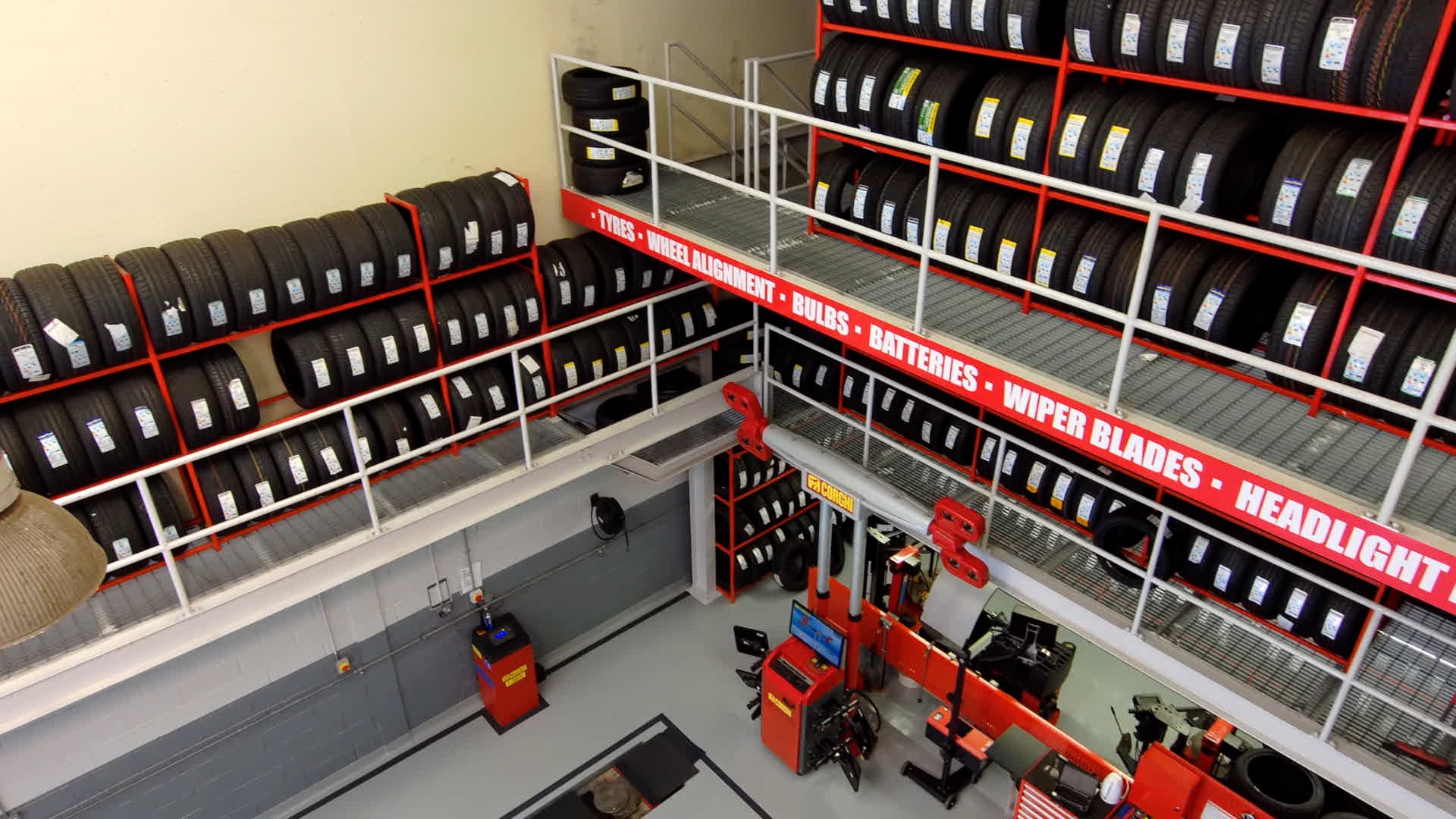When replacing your tyres you will often also have the wheels balanced. But what is wheel balancing? Wheel balance refers to the even distribution of weight around a revolving tyre and wheel assembly. It ensures that the unit which comprises a wheel rim and a tyre is in balance. Both these units have high and low spots, or heavy and light areas. The first part of getting the complete unit of rim and tyre in balance is to match the heavy areas of one to the light areas of the other.

The next part is to add compensating weight to the complete unit’s light areas so that it rotates perfectly. Wheels are balanced with small counter weights to prevent them from having heavy spots that can cause vibration and premature wearing of tyres, struts, shocks and other steering and suspension components.When driving with an out-of-balance wheel, the wheel literally bounces down the road or wobbles from side-to-side. The ride disturbance due to unbalance usually increases with speed.It is important that we are able to detect when wheels might be out of balance.
The symptoms of a wheel that is out of balance are:
- Vibration in the steering wheel at certain highway speeds.
- Vibration in the seat or floorboard at certain highway speeds.
- Scalloped or cupped wear pattern on the tires

